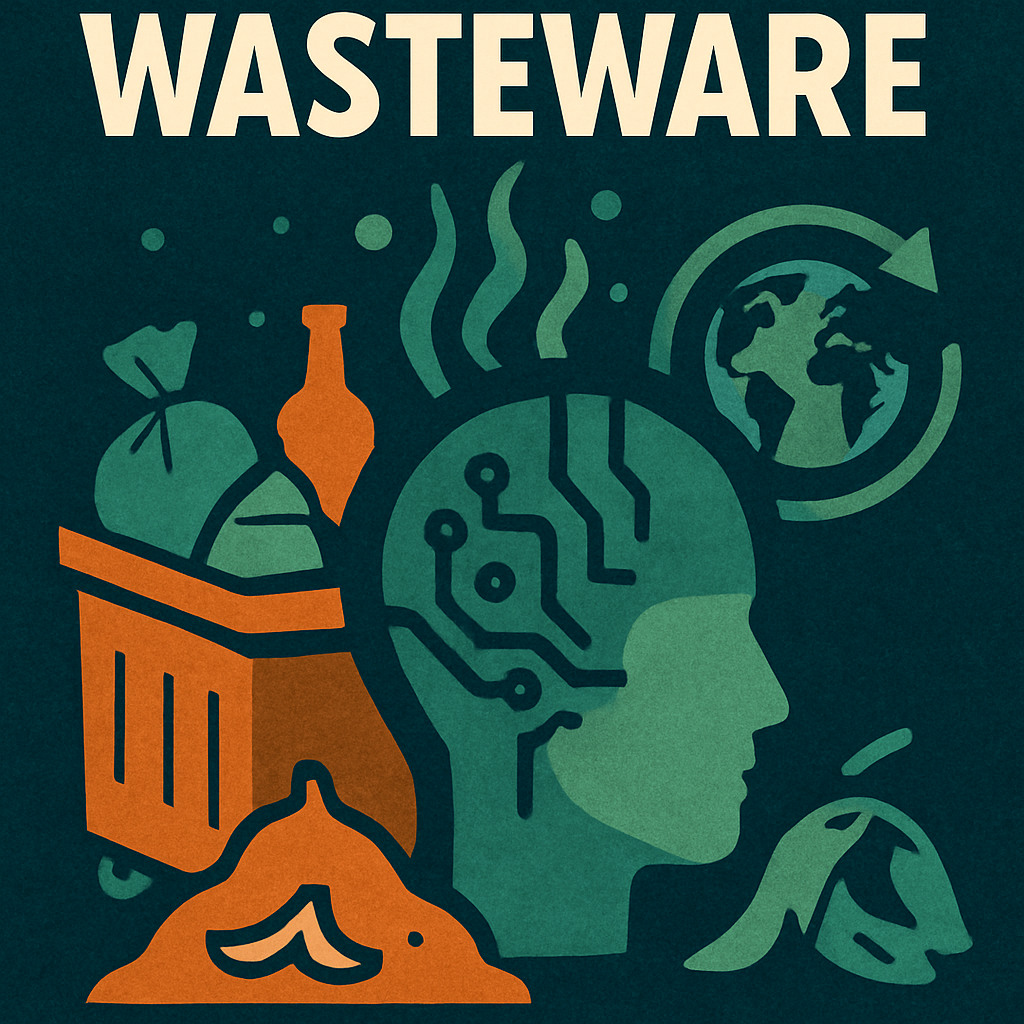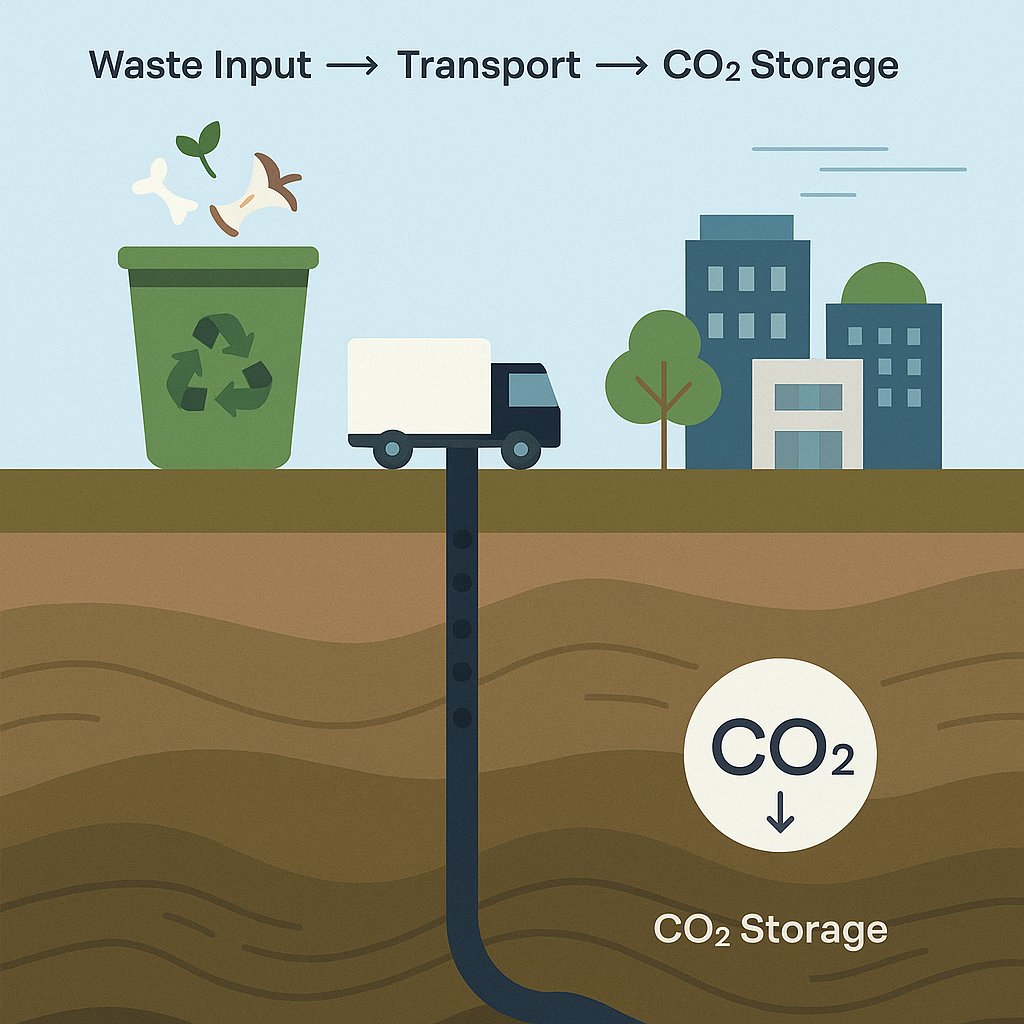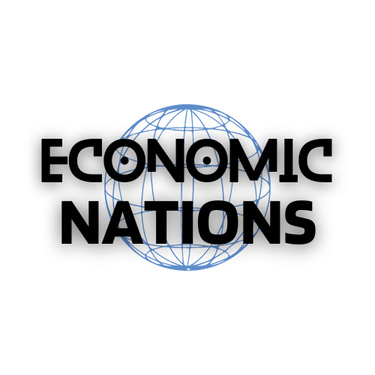Wasteware: The Dirty Engine of Tomorrow’s Intelligence
Meta Description: Wasteware is a radical new vision for AI, climate, and infrastructure—where human waste becomes the backend of tomorrow’s internet. Discover how Microsoft, carbon tech, and Civic Metabolism are redefining intelligence from the ground up.
THINKING BEYOND
7/27/20253 min read


PIC: ChatGPT
There’s a strange new empire rising beneath our feet. It’s not built on silicon or servers. It’s built on sludge—on the rot, muck, and metabolic leftovers of civilization. And here’s the plot twist: this empire might hold the blueprint for a smarter, cleaner, more honest future. Not just for waste management. Not just for climate. But for the internet itself.
Let’s call it Wasteware.
This isn’t a euphemism. Wasteware is the stack—physical, digital, civic—that turns garbage into governance, sewage into systems, sludge into strategy. It’s what happens when you stop treating waste as residue and start treating it as real infrastructure—measurable, modelable, and intelligent.
Microsoft just dropped $1.7 billion on 4.9 million metric tons of human excretion. Why? Because their AI ambitions are generating more carbon than their sustainability decks can excuse. To stay in the game, they’re buying climate credibility by locking methane and CO₂ deep underground via a company called Vaulted Deep. But they’re not just burying their guilt. They’re laying foundation—literal and figurative—for a new kind of network.
The Network Beneath the Network
Every digital system has a backend. Wasteware is the backend of the planet. It’s the part of the Anthropocene no one wanted to index. Vaulted Deep’s method? Pipe contaminated bioslurry five thousand feet below Earth’s surface and entomb it there. No recycling, no reuse—just permanent geological lock-in.
Here’s the kicker: this approach doesn’t need bleeding-edge innovation. It uses oilfield tech. Existing transport systems. Municipal coordination. It’s not flashy—it’s systemic. Which makes it powerful. And scalable.
This isn’t just carbon removal. It’s civilizational cache clearing.


PIC: ChatGPT
Who We Are:
The Economic Nations champions global unity through economic collaboration, focusing on sustainable growth, reducing inequalities, and enhancing global relationships for mutual prosperity and peace.
______________________________________
Forget Civic AI. Meet Civic Metabolism.
Let’s stop pretending AI is neutral or immaterial. It runs on megawatts. It eats data and spits out heat. It’s hungry and dirty and fast. If we want intelligence that actually serves society—not just simulates it—we need to embed it into the flows that define public life: energy, waste, water, heat, air. Not interface AI. Not chatbot AI. Metabolic AI.
So let’s retire the stiff label “Civic AI.” It’s too academic, too managerial. What we need is a framework that reads cities like bodies. That understands the urban system as a gut—consuming, digesting, excreting, renewing.
Call it Civic Metabolism.
And Wasteware is its operating system.
From Garbage Code to Planetary Intelligence
Wasteware isn’t just a clever rebrand. It’s a bet that the next internet isn’t about faster speeds or better feeds—it’s about planetary coherence. Think of waste as data. Think of sludge as signal. Think of AI not as a recommendation engine, but as a carbon ledger, a thermal governor, a civic regulator.
Vaulted Deep isn’t a waste company. It’s a civic compute node. It just doesn’t live in the cloud—it lives beneath the soil. That’s why Microsoft is paying attention. It’s not just offsetting emissions; it’s prototyping a new layer of the internet. A biospheric layer.
Today, AI models are trained on language. Tomorrow, they’ll be trained on life cycles.
Waste is the New API
If you want real agility, forget apps. Look at waste flows. They’re messy, constant, non-optional. And that’s what makes them honest. Unlike social media metrics, waste doesn’t lie. Every ton of sludge, every buried molecule of CO₂, every mile a truck drives to a vault—it’s real. Quantifiable. Immutable.
That’s why Wasteware is so promising: it connects what we consume with what we expel, and uses that feedback loop to inform decisions upstream. It doesn’t optimize for attention. It optimizes for survival.
AI built on this won’t ask, “How do we keep users engaged?”
It’ll ask, “Where should this heat go?”
“How fast is this decay?”
“What’s the ecological consequence of this action?”
It will be grounded, literally.
Conclusion: A Dirty Future, Done Right
The next wave of intelligence won’t look sleek. It’ll look muddy. Layered. Compostable. Wasteware is the connective tissue between garbage entrepreneurship, climate tech, and synthetic cognition. It’s not about disruption. It’s about digestion.
So here’s your forecast: the internet grows downward. Intelligence embeds inward. Systems stop pretending they’re clean and start dealing with their mess. That’s the upgrade. That’s the reckoning. That’s the opportunity.
In the end, it won’t be clean data that saves us.
It’ll be dirty truth—processed through Wasteware.
Contacts
enquiry@economicnations.org
(xx) 98-11-937-xxx (On verification)
